How To Choose Your Hiking Binoculars?
Binoculars are useful devices for hikers, whether to observe a beautiful mountain or bird in the countryside. We hope our buying guide helps you choose the best hiking binoculars. If you wish to better observe young chamois high up on the mountains, observe the intricate designs on the wings of a butterfly pollinating a flower a few meters away or to seek the passage through a cave in an inextricable scree, then a binocular is definitely what you need.
With nearly 100 brands distributed across the United States and a staggering number of models from each of these brands, choosing a good pair of binoculars for hiking for anyone who does not have sufficient information can be challenging.
Here is a detailed guide to assist you on this rather daunting task. We’ve also added some information regarding the handling and maintenance of your binoculars.
Binoculars for what?
As always, the right choice of binoculars is a good definition of your needs. For that, here are some questions to ask yourself:
• What would I use them for? Do you seek binoculars exclusively for hiking and occasional observation (light and compact binoculars) or do you engage in other activities such as ornithology, hunting and other more demanding endeavors that will require you to choose a more versatile model (quality, magnification)?
• For how long will I be using my binoculars? All models do not offer the same comfort of use and the need of different consumers for quality and stability will not be the same depending on whether the binoculars spend most of the time in your bag or right in front of your eyes.
• When can I use the binoculars? Observation in the rain or humid environments will make you prefer waterproof models; twilight observation of luminous patterns will require top quality optics.
• What are my constraints? Wearer of glasses will have to verify that the model they plan to buy is comfortable for them to use even their glasses on. If you plan to have a light backpack on your travels, then the weight of the device will be an important criterion. Also, consider buying a binocular that is resistant to the shock as well as offers a stable and secure grip. Finally, consider your budget.
Some technical elements
Now that you are clear about your needs, what remains is to find a device with the features that meet them. For that, you will need a basic understanding of some technical jargon of the manufacturers. Here is a brief and simplified glossary, to guide you through this step.
"Porro" or "roof" prisms?
There are two main types of binoculars. Binoculars with the roof type prisms are of a more recent design. They offer better resistance, tightness, compactness. The "Porro" prism binoculars though of a much simpler build are less expensive which makes them popular in low and medium-end devices.
What figure like 8x20, 10x32, 7x50 and the likes stand for?
Behind these figures are the most important information for every binocular. The first indicates the magnification. The larger the number, the more the object will be magnified and the more we can see it from a distance. But a high magnification is not necessarily ideal. Indeed, it should be known that the larger the magnification number, the lesser the portion of the object (FOV) observable in the binoculars will be.
Though you’d get a great experience in certain instances, binoculars with a very large magnification power are less comfortable and require users to sweep the entire landscape continuously to find what they want to observe. Secondly, tremors are more easily felt with large magnifications devices, images are much shakier, and this also causes discomfort.
The second number indicates the objective lens diameter of the binoculars. To schematize let's say that this conditions its brightness. The large diameters will be favored for observations in low light, but they will obviously be larger and heavier. By dividing this second digit (objective lens diameter) by the first (magnification), we obtain the "exit pupil" of the binoculars. This figure, not always provided by the manufacturers, allows you to know if your choice of magnification/lens diameter corresponds to your need.
For this, it must be as close as possible to the diameter of your eye pupil which varies from 2mm in the sun to 5mm in dim light (up to 7mm in the dark). Thus 10x20 binoculars have a pupil of 2mm, perfect during the day and uncomfortable at dusk. Of course, the 8x25 will be more versatile while conversely, binoculars 7x50 with a pupil of 7.1 only justify their weight and size for night observations.
Field of view
This notion defines the observable portion (width) of the object in focus. Manufacturers express it in meters (for example 150m wide at 1000m distance) or degrees (7 ° for example) it is the width of this field of vision, and it dictates the ease of locating a subject in the landscape. Because of differences in manufacturing quality, not all binoculars offer the same field of view at equal magnification/lens diameter. This is an important criterion if you are not very comfortable with the use of binoculars if you plan to lend them to children or observe highly mobile subjects.
Minimum focus distance
Binoculars not only allow you to see distant objects but also to detail small subjects nearby. Try to observe a dragonfly or a butterfly flying close by, and you will be surprised by the wonders that binoculars can offer you. But for this, the binoculars must be able to focus objects fairly close to you. 1m, 1.5m, 5m are good figures, and this criterion is important if you intend to use this function frequently.
Ergonomics
This criterion is more important than it seems. It is undoubtedly also the most subjective. Never buy binoculars without testing them, the risks of being disappointed is quite high if you do! Just be aware that some manufacturers take care of details such as thumb location, double focus wheel, etc. on generalized assumptions. Also, pocket binoculars with 20 or 25mm lens diameter, are more difficult to use for long observations because they must be held with the fingertips.
Weight
An important criterion for buying binoculars is the weight. Because its weight will be added to the weight of your backpack, too much weight is a factor of discomfort when the binocular is hung around the neck and when used for extended observations.
Sealing
Some models are waterproof and do not mind the rain or an accidental bath in the river that you were fording. For others, forget the marketing "anti-runoff" claim, these binoculars are not waterproof, period!
Quality of manufacture
Quality has a price, and the most expensive models are almost always the best. Use of complex optical formulas, very high-quality lenses, precision mechanics, rubberized coating for the comfort of handling and all the other quality features come at a cost. Some models even benefit from filling rare gases. An option that is also expensive but which limits the formation of fog effectively and allows you to observe in all conditions.
Your choice will depend on your usage, but do not forget the guarantee criteria. If the best manufacturers offer a 30-year warranty, do not expect the worst models to offer anything close to that. Finally, to finish this chapter, the manufacturers Leica, Swarovski, Zeiss are reputed to provide high-end binoculars while Kowa, Nikon, Bresser, Bushnell (Elite and Legend series) and Canon offer mid-range models, presenting a very good value for money. The list is brief and of course not exhaustive.
Accessories
Binoculars are sturdy but also fragile objects, the quality of the storage case is not to be neglected. If you plan to carry your binoculars around your neck for days, make sure you have the comfort of a strap or plan to replace it with a model that serves you better if yours isn’t good enough. The casing keeps dust, dirt, fingerprints and all the inconveniences that mar your observations at bay. The lens pen is a magical accessory to always have on you. It is equipped on one side with a brush to remove dirt, and a carbon pad on the other end to finish the cleaning your glasses and remove stains.
And ethics?
We are still confronted with this paradox. Passionate about Nature, practicing our favorite activities we unknowingly contributing to its degradation by our purchases. The manufacture of binoculars is a highly demanding activity in terms of water, energy and highly toxic chemicals. Only social and environmental regulations and standards in Europe and the US help to limit the consequences of these manufacturing activities. Next time you purchase a binocular, try to consider how environmentally friendly the means of its manufacture was.
What budget for hiking twins?
It is difficult to answer this question as it depends on the model corresponding to your needs. Let's just say that binoculars are complex tools to make and that below 100/150 USD, you should not expect much from the device. If your budget is limited, then you should know that there is a large second-hand market that offers second-hand models of a better quality than a new device that wouldn’t satisfy your needs.
Now you have it, how do you use it?
You have finally chosen the model of binoculars that fits you, you have ordered, and your package has been delivered. Unbox and take it in your hands. Some adjustments are to be made before your first use.
Ocular spacing.
First, you have to adjust the distance between the two eyepieces to that of your eyes. Aim at a distant object and adjust the gap between the two eyes until you see only one image. Some binoculars have markers to memorize this setting, but if not don’t worry, you'll still be able to get it easily every time you want.
Dioptric adjustment.
This setting is to be done once and for all and does not apply to wearers of corrective glasses. This is to correct the difference in performance between your two eyes using the dioptric wheel usually located on the right eyepiece. Look only with the left eye in the left eyepiece and sharpen the view with the middle wheel. Then only look with the right eye in the right eyepiece and correct your focus with the diopter wheel. That's it, you can then observe comfortably with both of your eyes. If the setting was to be changed simply return the diopter wheel to adjust it to the value you require.
The eyecups.
Eyeglass wearers will make sure to get the eyecups in, other users will think of taking them out. To conclude, do not forget that binoculars as sturdy as they can be, are quite fragile objects that are very sensitive to shock. Develop a habit of always hanging them safely around your neck using a strap and remember to put them away in your pocket or bag when not in use.





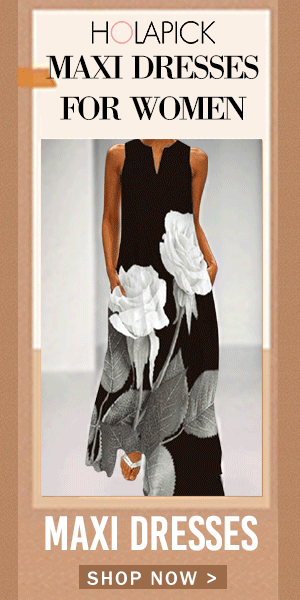
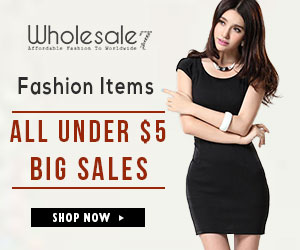
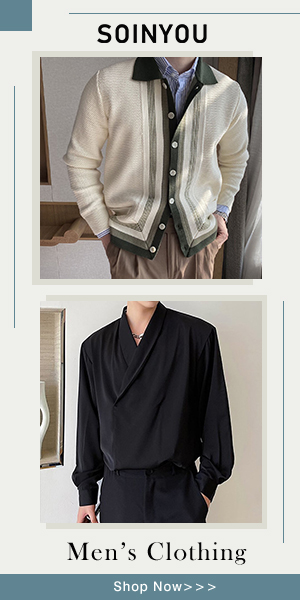

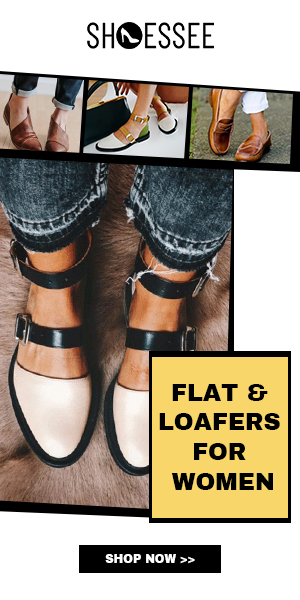
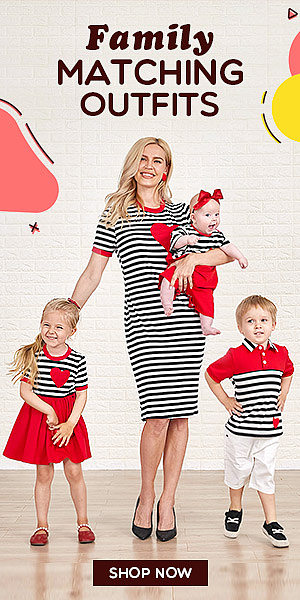
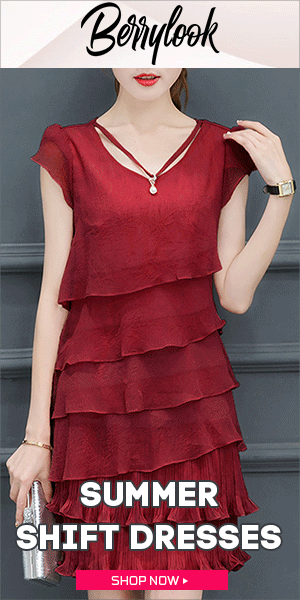




0 comments